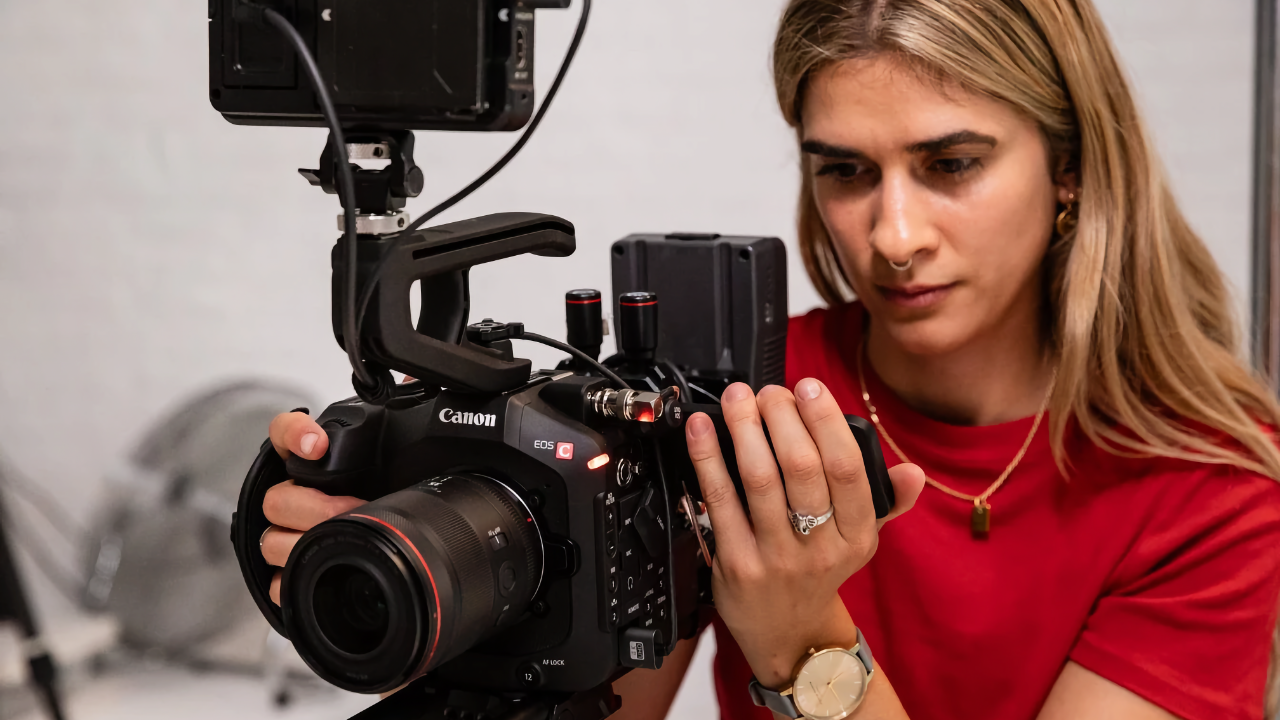
Cinematographer Carolina Nunes put the new Canon EOS C80 camera to the test on three distinct projects – a documentary, an advert, and a short film with a complex, custom-built set and VFX workflow. This is how it performed.
[sponsored article]
One of the impressive things about the Canon EOS C80 is that it can handle almost anything that’s thrown at it. It’s been built to be adaptable, and to that aim incorporates features from other models in the current Canon lineup. It combines the full frame 6K BSI sensor of the EOS C400, for example, and the expanded connectivity in the compact and lightweight design of the EOS C70 to bring something wholly new to the party.
Cinematographer Carolina Nunes is one of the users who is driving it hard to see just what it can do. Among other role in a varied career she has worked as a videographer for Time Inc., where she was tasked with capturing everything from behind-the-scenes footage of fashion shoots to short documentaries. It was in these often-unpredictable environments that she developed her keen eye for detail and her ability to tell compelling visual stories on the fly.
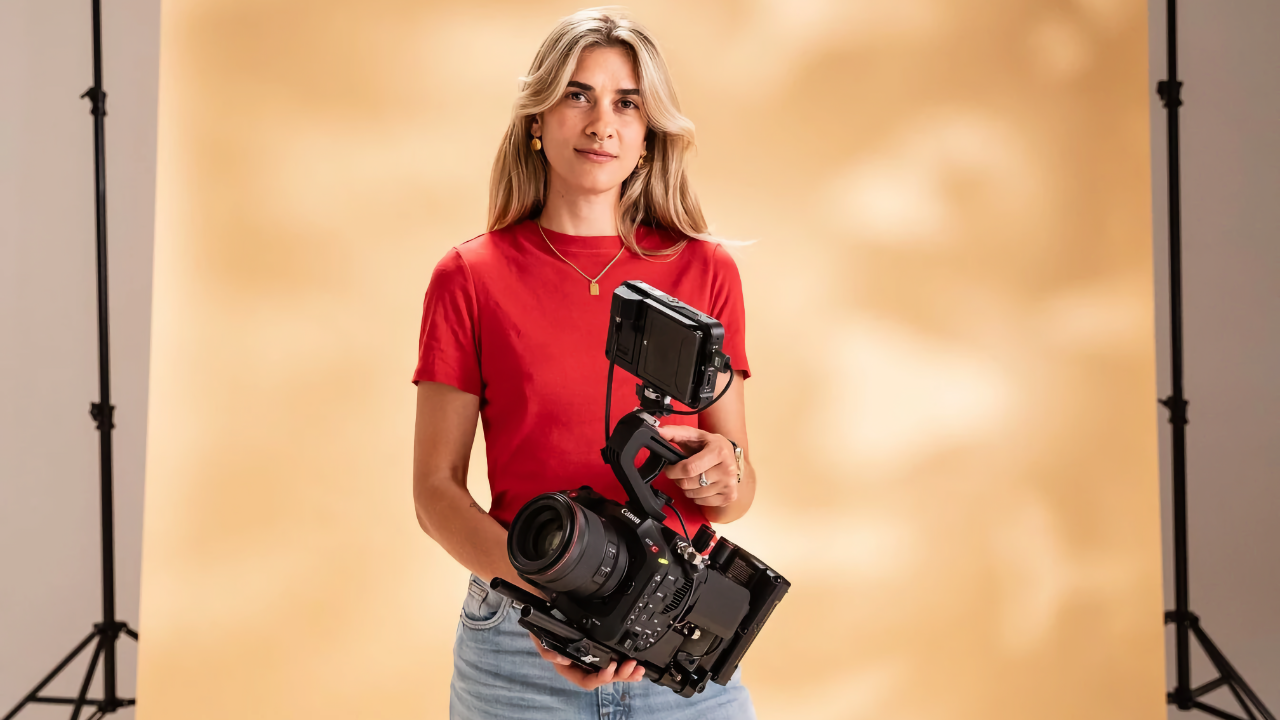
That experience makes her an ideal person to test out any new camera, and thus she found herself being one of the first cinematographers to trial the Canon EOS C80, taking it to a range of locations for three very different yet demanding shoots across the United Kingdom where the camera currently retails at £4449.00 + VAT via CVP. Her aim was to see how this camera could aid her in telling visual stories. Here's how it did.
Four key performance areas
Nunes was using a Canon EOS C70 previously, so had a great frame of reference to assess the capabilities of the new camera. The C80 is billed as having improved performance in low light, image quality, and connectivity, and Carolina shares her experience on how it performed in four key areas.
1. Low light capabilities
One of the standout features of the camera for Nunes is its Triple Base ISO, which she found invaluable when shooting her documentary in low light. Indeed, the EOS C80 (along with the EOS C400) is the first camera to feature Triple Base ISO, which she sees as a game changer.
The Triple Base ISO system – ISO 800, ISO 3200, and ISO 12,800 (when shooting Canon Log or RAW) – allows users to seamlessly switch between the three to optimise performance for any lighting conditions.
“We were filming at sunset, and at one point it was so dark you needed a torch,” she recalls. “But we bumped the ISO, and suddenly you could see everything clearly. The image was clean, bright, and not noisy at all.”
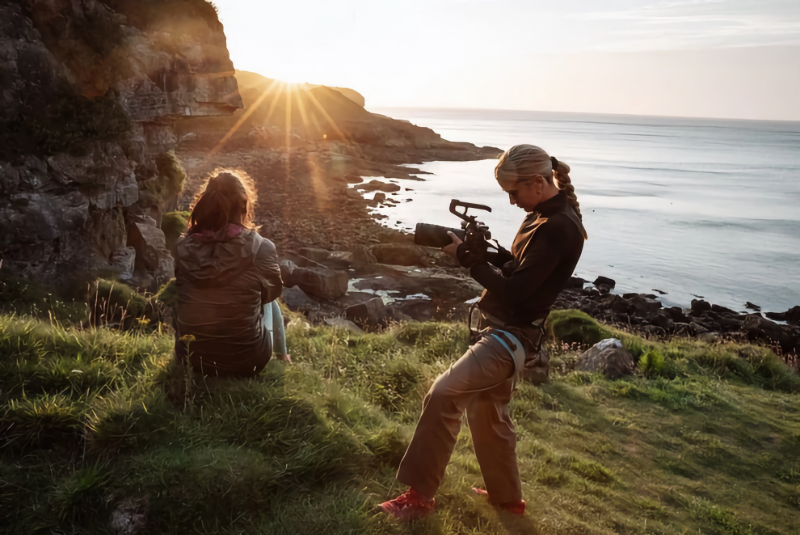
This capability is a potential game-changer for filmmakers shooting in uncontrolled environments. Whether filming a dawn sequence or a dimly lit interior, the sensor adapts, providing sharp, detailed footage. The camera also includes inbuilt ND filters, allowing for full flexibility in the camera, from low-light to strong key-light situations.
"We had both sunset and dawn lighting,” says Nunes. “I was really impressed by how clean and bright the image was when we used it. The ISO adjustment is an amazing feature for situations where you can't use additional lights but still need a clear image.”
2. Portability
Nunes has built a reputation for precise framing, which is impressive given her love for handheld shots, and values the fact that the C80 packs a lot of technology and ability to capture 6K full-frame RAW footage into a small, lightweight body. More than that, it also features some ergonomic improvements over the C70 such as design tweaks to the top handle.
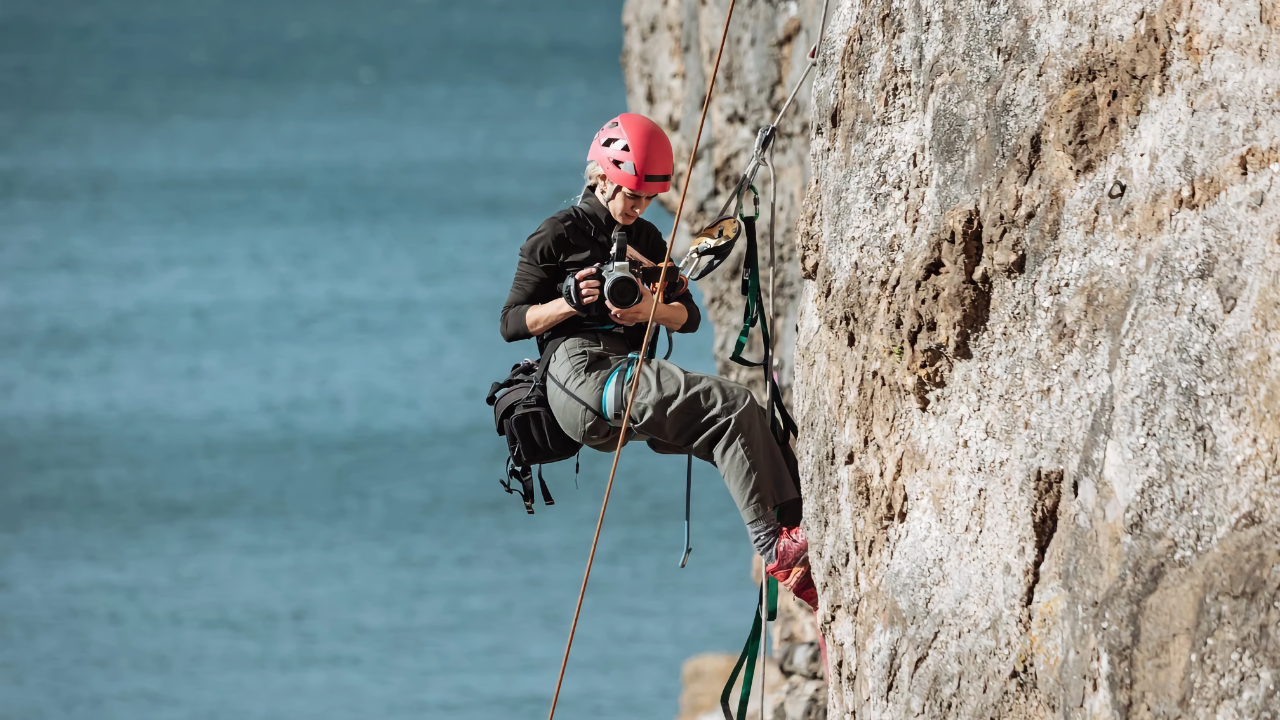
"It's super lightweight and easy to rig," she says. "I love that you can place it just about anywhere. It's small, but it still has all the features you'd need from a cinema camera."
3. 6K Full Frame
The 6K full frame Back-Side Illuminated stacked CMOS sensor in the EOS C80 is another feature that impresses. BSI sensors are a major step up from traditional CMOS sensors, allowing for greater low-light capabilities and minimised rolling shutter effect. This is thanks to the sensor circuitry being positioned beneath the imaging plane, providing more efficient light capture.
“The full frame gives you more creative control over the depth of field,” says Nunes. “It helped immerse us in the character’s world, making the visuals feel more surreal and less traditional.”
4. Connectivity and control
One of the camera’s standout features that Nunes appreciated on her shoots was the EOS C80's advanced connectivity, particularly the 12G-SDI output. This is something typically found only in larger and higher-end cinema cameras, and allows for the seamless distribution of 4K signals to various crew members, including the focus puller, director, and client, enhancing collaboration on set.
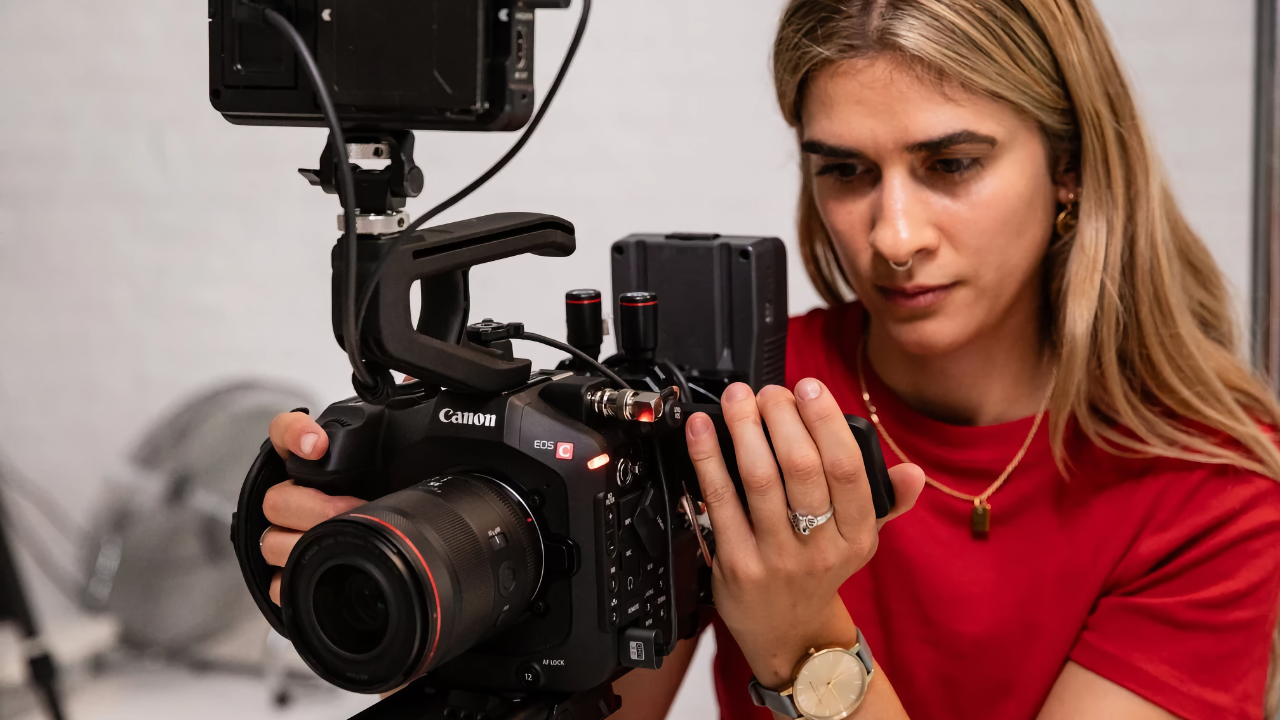
“We relied on the connectivity aspects for both the short film and spec ads,” she says. “You can wirelessly connect it to your tablet or phone, see the framing, adjust the settings and press record – all without needing a monitor.”
This was particular useful in situations where the camera was rigged up in out-of-reach places, or when shooting solo. “It's especially useful when you're filming by yourself, or you don't have a spare monitor. You can just connect it to your tablet or your phone and see the frame," she says.
There’s more connectivity as well, including mini-XLR inputs for audio, timecode input for syncing with other devices, HDMI output, a Multi-Function Shoe, and built-in Wi-Fi/Ethernet for remote control and IP streaming. And there are more features too that make it a stand-out performer in its price-range.
"Our VFX supervisor was really happy because the EOS C80 saves all the information we need, like lens settings and distortion data, which is crucial for matching shots in post,” adds Nunes.
Raising the standard
As Nunes continues to push her craft and tackle new projects, she knows the tools she chooses matter. The Canon EOS C80 is now one she trusts; it’s a camera that doesn’t just do the job – it raises the bar. And for an EOS C70 user, the EOS C80 is a natural upgrade.
The verdict? She’s impressed.
“The EOS C80 is compact, powerful, and versatile,” she concludes. “It’s the kind of camera that can adapt to whatever you throw at it, making it a perfect tool for anyone looking to create cinematic content.”
Have a look at the video below.
Tags: Production Cameras Canon Canon EOS C80


Comments